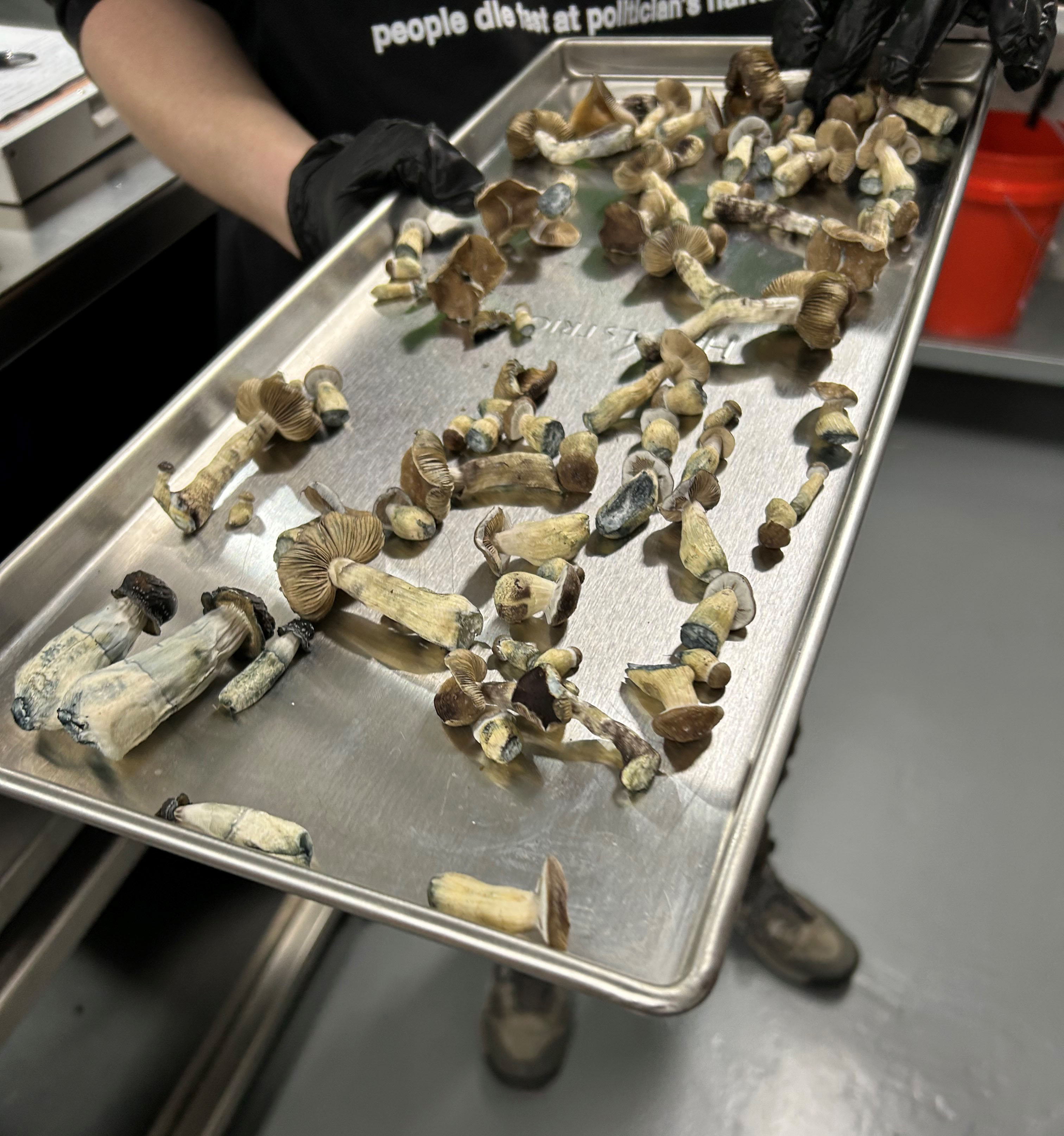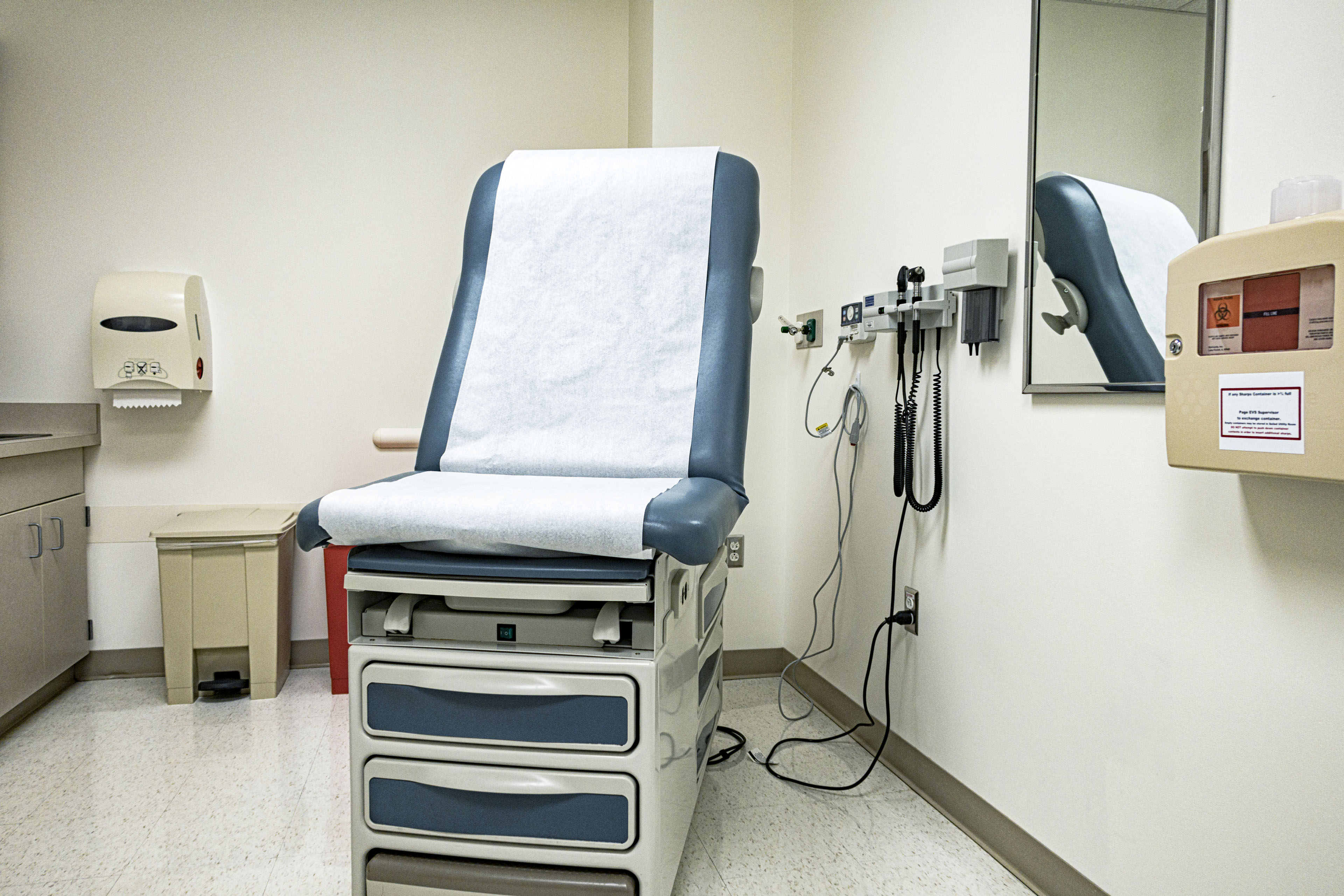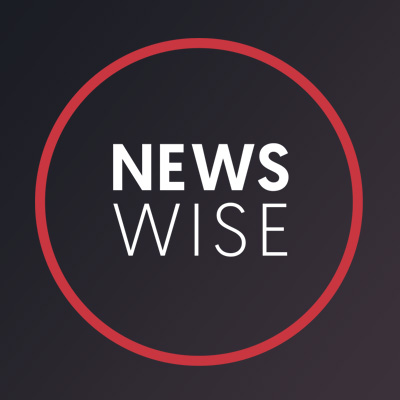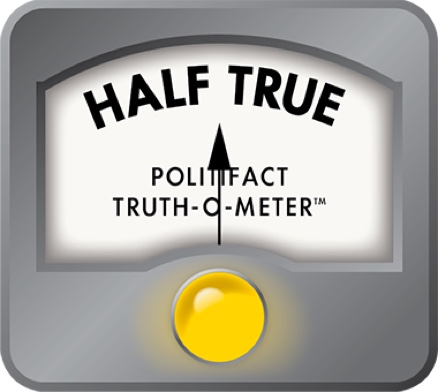BOULDER, Colorado — Los organismos reguladores de Colorado están emitiendo licencias que permiten suministrar hongos psicodélicos con fines terapéuticos. A fines de la primavera o principios del verano es posible que ya estén autorizados los primeros “centros de sanación” estatales, donde se podrán consumir los hongos bajo supervisión.
Esto ocurre casi dos años después de que Oregon autorizara el uso de estos hongos también bajo regulación del estado.
Los hongos son una droga de la Lista I y según las leyes federales son ilegales excepto para la investigación clínica. Sin embargo, en los últimos cinco años, más de una docena de ciudades en todo el país los han despenalizado o ya no priorizan enfrentar su uso. Y muchos observadores están atentos a los programas estatales regulados de Oregon y Colorado.
“En Oregon y Colorado vamos a aprender mucho sobre la administración de psicodélicos fuera de entornos clínicos, religiosos y clandestinos, porque son los primeros en probar esto en Estados Unidos”, dijo William R. Smith, profesor asistente de psiquiatría en la Facultad de Medicina de la Universidad de Carolina del Norte.
Los hongos psicodélicos y su compuesto psicoactivo, la psilocibina, tienen el potencial de tratar a personas con depresión y ansiedad, incluso a aquellas que no responden a otros medicamentos o terapias.
El Instituto Nacional sobre el Abuso de Drogas, que forma parte de los Institutos Nacionales de Salud (NIH), indica que el riesgo de que se presenten problemas de salud mental derivados del consumo de hongos en un entorno clínico supervisado es bajo, pero que puede ser más significativo fuera de ese contexto.
En una publicación en redes sociales el año pasado, antes de su nominación como secretario de Salud de Estados Unidos, Robert F. Kennedy Jr. comentó que tenía “la mente abierta a la idea de los tratamientos con psicodélicos”.
Los médicos expertos consideran que se necesita más investigación, especialmente en personas con diagnóstico o antecedentes familiares de trastorno psicótico o bipolar. Los efectos adversos de la psilocibina, como dolor de cabeza y náuseas, suelen resolverse en uno o dos días.
Sin embargo, hay efectos persistentes derivados del uso de psicodélicos que pueden durar semanas, meses o incluso años. Los síntomas más comunes incluyen ansiedad y miedo, crisis existencial, desconexión social, y sensación de desapego de uno mismo y del entorno.
Tras la despenalización y legalización en Oregon y Colorado, los casos informados de consumo de hongos psicodélicos reportados a los centros de control de intoxicaciones aumentaron tanto en estos estados como a nivel nacional.
En febrero, unas 40 personas se reunieron en Boulder, en un encuentro organizado por Nowak Society, un grupo de defensa de los psicodélicos, para hablar sobre los próximos cambios en Colorado.
Entre ellas estaban Mandy Grace, quien recibió su licencia estatal para administrar hongos psicodélicos, y Amanda Clark, consejera de salud mental con licencia en Denver, ambas defensoras del poder terapéutico de los hongos.

“Ver que las terapias actuales no son suficientes para las personas, te desanima en tu práctica profesional”, explicó Clark.
En 2022, los votantes de Colorado aprobaron la Propuesta 122 para legalizar los psicodélicos naturales, después que los votantes de Oregon aprobaran, en 2020, la legalización de la psilocibina para uso terapéutico.
El programa de Colorado se basa en el de Oregon, aunque no es idéntico. En Oregon, hasta marzo, se habían vendido 21.246 productos de psilocibina, un total que podría incluir dosis de seguimiento administradas a un mismo paciente, según la Oregon Health Authority.
Hasta mediados de marzo, Colorado había recibido por lo menos 15 solicitudes de licencias de centros de sanación, nueve para cultivo, cuatro para manufactura y una licencia de instalación para análisis del cultivo y preparación de los hongos bajo normas desarrolladas durante dos años por la Junta Asesora de Medicina Natural, designada por el gobernador.
En Oregon, los tratamientos psicodélicos son costosos y es probable que en Colorado también lo sean, advirtió Tasia Poinsatte, directora en Colorado del Healing Advocacy Fund, una organización sin fines de lucro que apoya los programas estatales de terapia psicodélica. En ese estado, las sesiones con hongos psicodélicos suelen costar entre $1.000 y $3.000, no están cubiertas por las aseguradoras, y deben pagarse por adelantado.
Los hongos en sí no son costosos, explicó Poinsatte, pero el tiempo del facilitador y los servicios de apoyo sí lo son, además de las tarifas estatales.
En Colorado, para dosis superiores a los 2 miligramos, los facilitadores deberán evaluar a los participantes al menos 24 horas antes. Además, supervisan la sesión, que dura varias horas, en las que los participantes consumen y experimentan con los hongos. Finalmente, realizan una reunión posterior para analizar la experiencia.
Los facilitadores, que pueden no tener experiencia en emergencias de salud mental, necesitan adquirir formación en detección, consentimiento informado y seguimiento posterior a la sesión, dijo Smith. “Debido a que estos modelos son nuevos, necesitamos recopilar datos de Colorado y Oregon para garantizar la seguridad”, agregó.
En Colorado, los facilitadores generalmente pagan una tarifa de capacitación de $420, que les permite cumplir con las horas de consulta necesarias, y alrededor de $900 anuales por la licencia. Los centros de sanación pagan entre $3.000 y $6.000 para obtener las primeras licencias.
El costo inicial para los facilitadores es significativo: las 150 horas requeridas en un programa acreditado por el estado y las 80 horas de formación práctica pueden costar $10.000 o más. Clark dijo que no solicitaría una licencia de facilitadora debido al tiempo y al costo, que considera prohibitivo.
Con el propósito de aumentar la accesibilidad en Colorado, Poinsatte dijo que los centros de sanación planean ofrecer opciones de pago en cuotas y descuentos para veteranos, beneficiarios de Medicaid y personas de bajos ingresos. Las sesiones grupales son otra opción para reducir costos.
La legislación de Colorado no permite la venta minorista de psilocibina, a diferencia del cannabis, que puede venderse tanto con fines recreativos como medicinales. Sin embargo, autoriza que los adultos mayores de 21 años cultiven, consuman y compartan hongos psicodélicos para uso personal.
A pesar de la prohibición de venta minorista, los negocios relacionados con los psicodélicos han aumentado considerablemente. Dentro del almacén y laboratorio de Activated Brands, en Arvada, se venden bolsas de granos esterilizados como maíz, mijo y sorgo, junto con sustratos de suelo, materiales genéticos y kits listos para el cultivo.

Sean Winfield, cofundador de la empresa, vende estos suministros para el cultivo de hongos psicodélicos o no psicoactivos, como el llamado la “melena de león”, a personas interesadas en cultivarlos en su casa. Además, pronto, Activated Brands ofrecerá clases de cultivo y educación al público, dijo Winfield.
Winfield y su socio, Shawn Cox, organizaron recientemente una comida comunitaria sobre psicodélicos en la que expertos en el estudio y cultivo de este tipo de hongos hablaron sobre genética, extracción y equipamiento especializado.
Los hongos psicodélicos tienen una larga historia en las culturas indígenas, y las disposiciones para su uso en ceremonias espirituales, culturales o religiosas están incluidas en la ley de Colorado junto con el reconocimiento del daño cultural que podrían sufrir las comunidades y los pueblos indígenas reconocidos a nivel federal si la medicina natural se comercializa o se explota en exceso.
Varios estudios realizados en los últimos cinco años han evidenciado los beneficios a largo plazo del uso de la psilocibina en el caso de trastornos depresivos mayores resistentes al tratamiento, y la Administración de Alimentos y Medicamentos (FDA) la ha reconocido como una terapia innovadora. En la actualidad, se están realizando ensayos en fases avanzadas, que suelen ser el paso previo para solicitar la aprobación de la FDA.
Sin embargo, Smith dijo que, aunque la psilocibina es una herramienta prometedora para tratar trastornos de salud mental, aún no se ha demostrado que sea más eficaz que otros tratamientos avanzados.
Joshua Woolley, profesor asociado de psiquiatría y ciencias del comportamiento en la Universidad de California-San Francisco, dijo que, como investigador en ensayos clínicos, ha visto los beneficios de la psilocibina.
“Las personas pueden cambiar hábitos profundamente arraigados. Pueden salir de bloqueos. Pueden ver las cosas de nuevas maneras”, afirmó, refiriéndose al tratamiento de pacientes con una combinación de psilocibina y psicoterapia.
Colorado, a diferencia de Oregon, permite la incorporación de la psilocibina en las prácticas de salud mental y médicas existentes mediante una licencia de facilitador clínico, así como a través de microcentros de sanación que tienen mayores limitaciones en la cantidad de hongos que pueden almacenar.
Aun así, Woolley señaló que, debido a la prohibición federal y a las nuevas leyes estatales sobre psicodélicos, este es un territorio inexplorado. La mayoría de los medicamentos utilizados para tratar trastornos de salud mental están regulados por la FDA, algo que Colorado “está tomando en sus propias manos” al establecer su propio programa para regular la fabricación y administración de psilocibina.
La Oficina del Fiscal de Estados Unidos para el Distrito de Colorado no quiso comentar sobre su política hacia los programas de psicodélicos regulados por el estado o las disposiciones sobre el uso personal, pero Poinsatte espera que en Oregon y Colorado se adopte, para la psilocibina, el mismo tipo de enfoque federal de no intervención que rige para la marihuana.
Winfield dijo que espera ansiosamente las próximas regulaciones y la posible incorporación de otras plantas psicodélicas, como la mescalina.
“Estamos hablando de que las industrias clandestinas salgan a la luz”, afirmó.
Esta historia fue producida por KFF Health News, conocido antes como Kaiser Health News (KHN), una redacción nacional que produce periodismo en profundidad sobre temas de salud y es uno de los principales programas operativos de KFF, la fuente independiente de investigación de políticas de salud, encuestas y periodismo.









